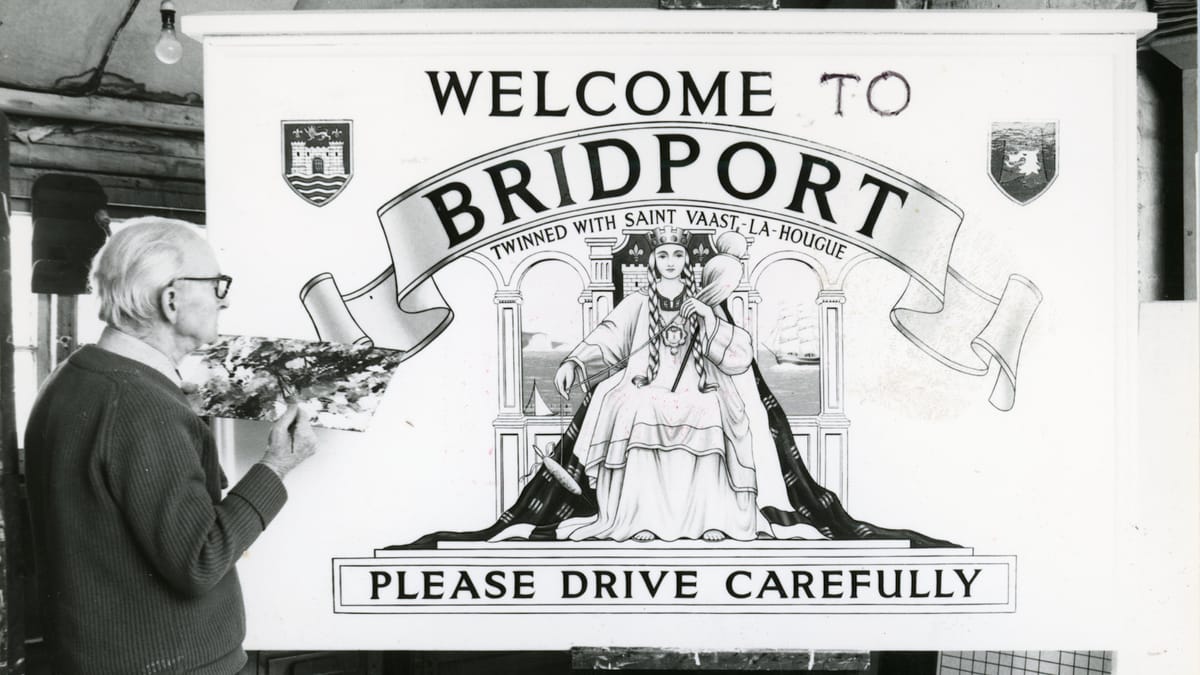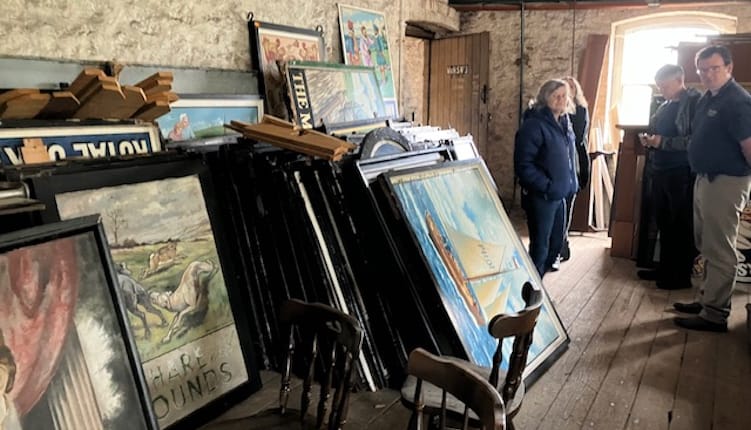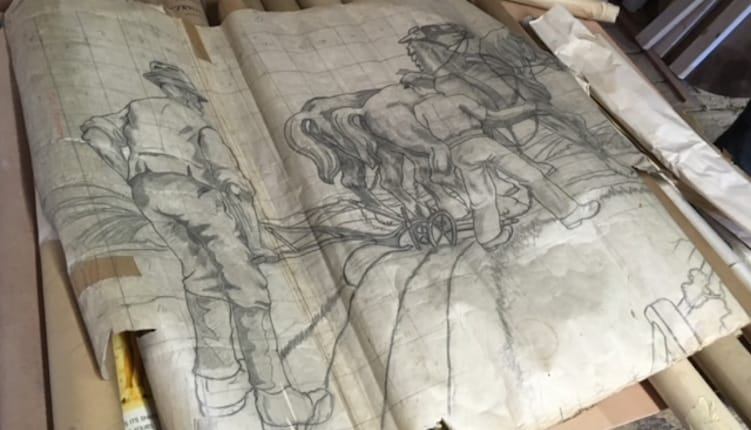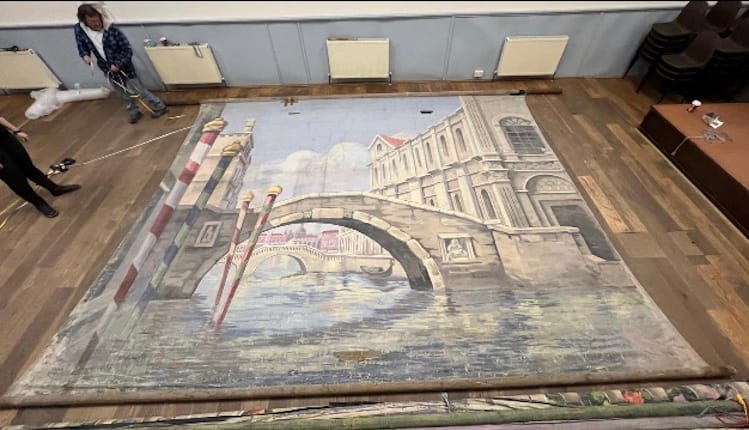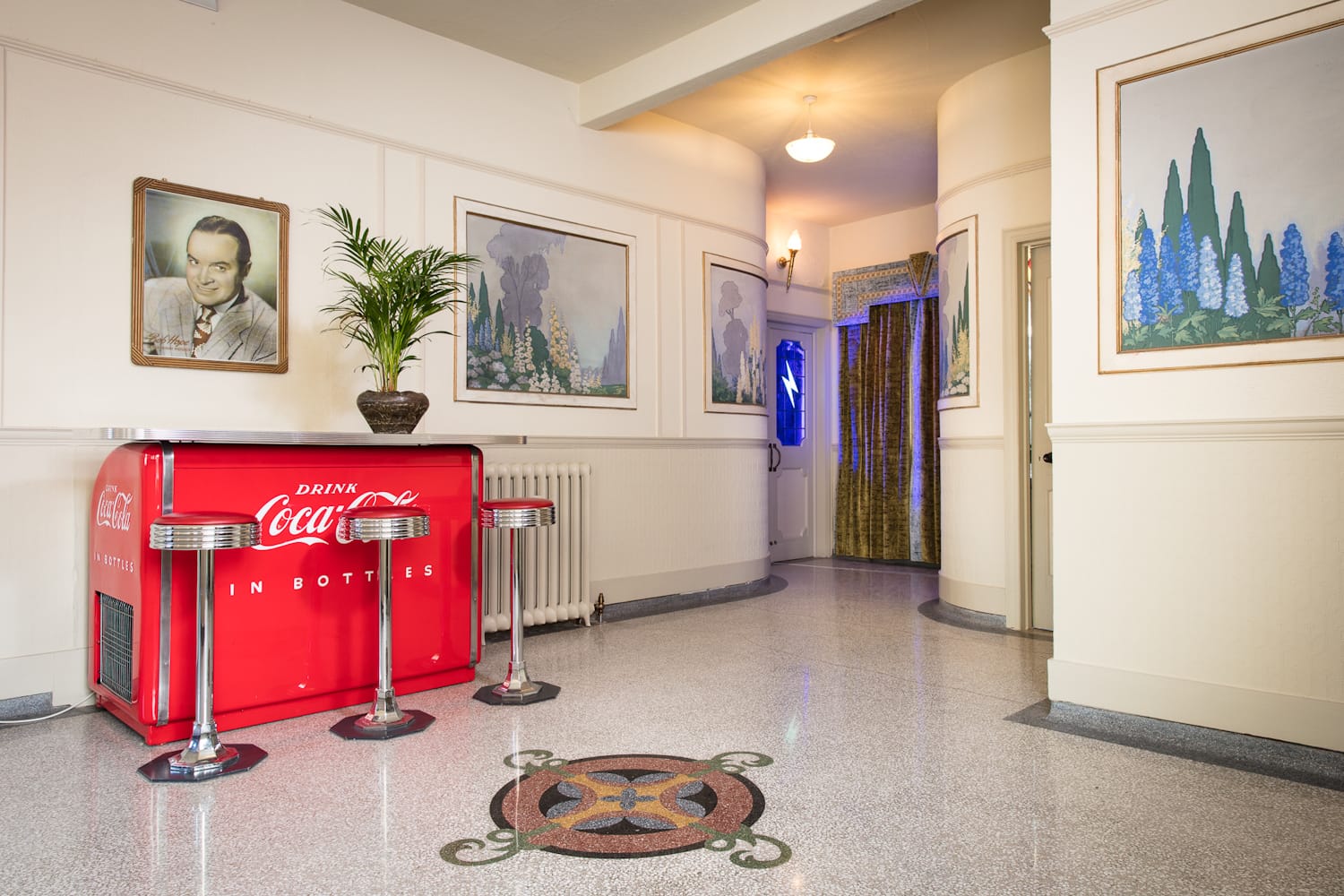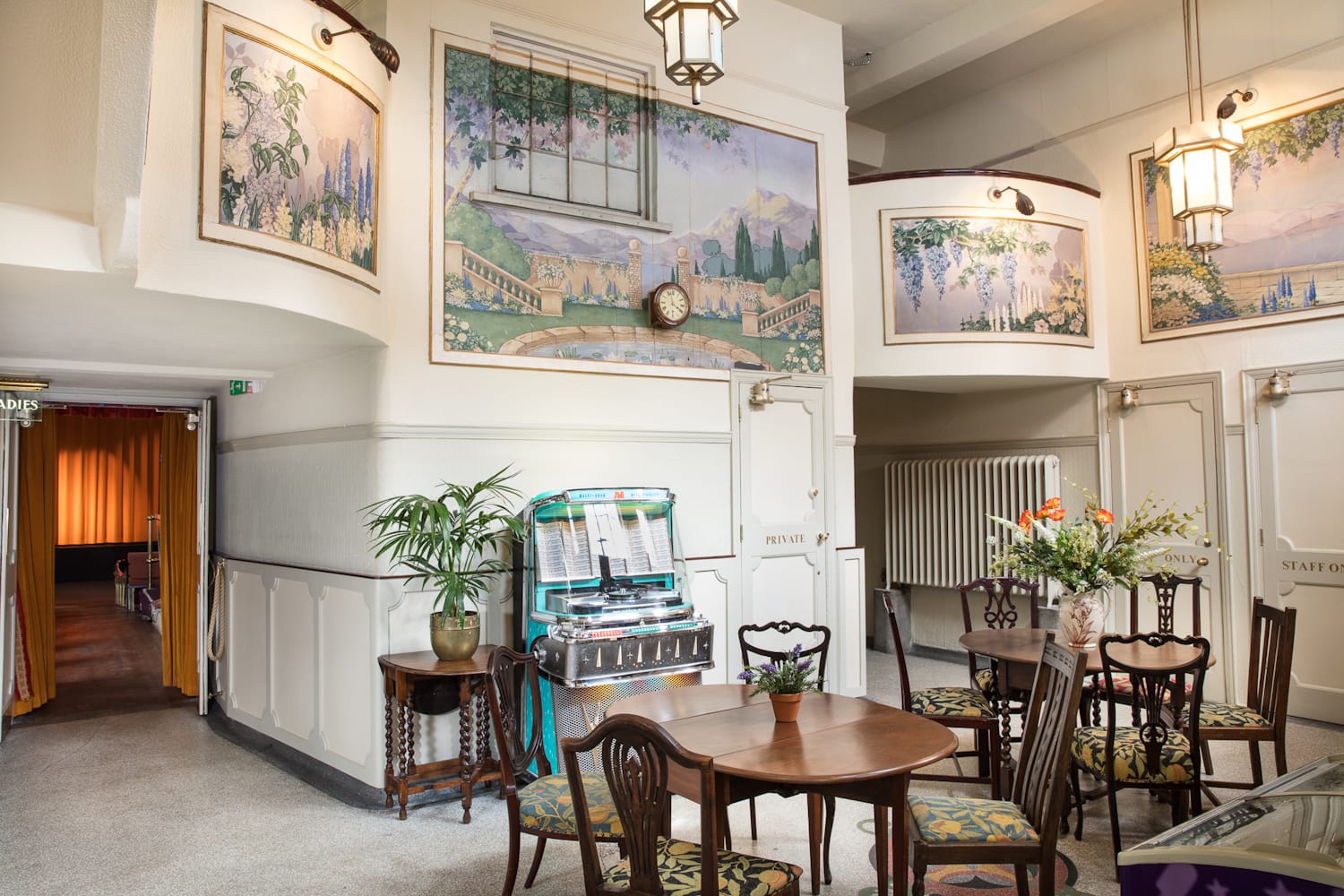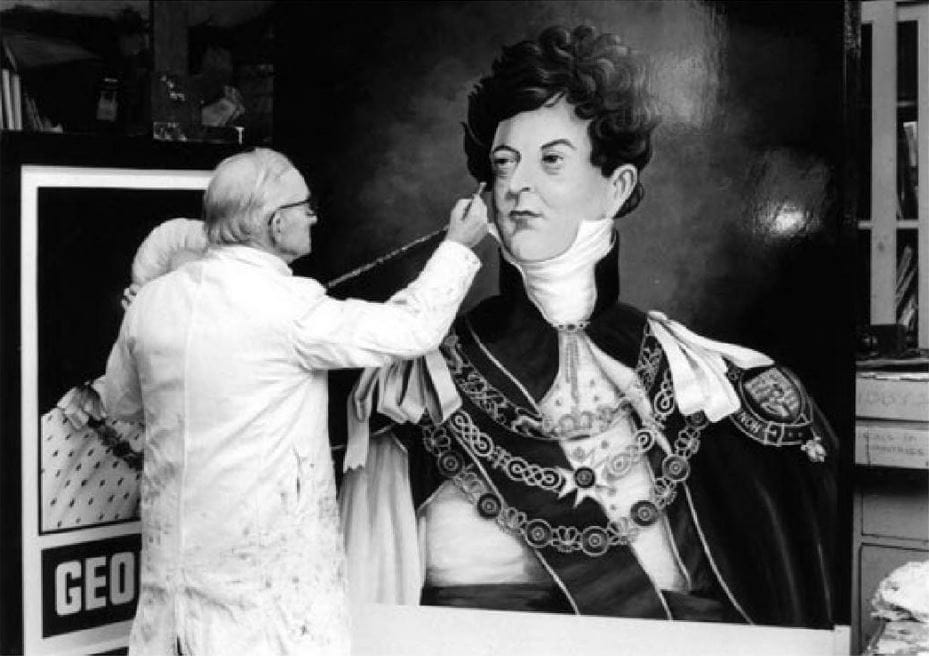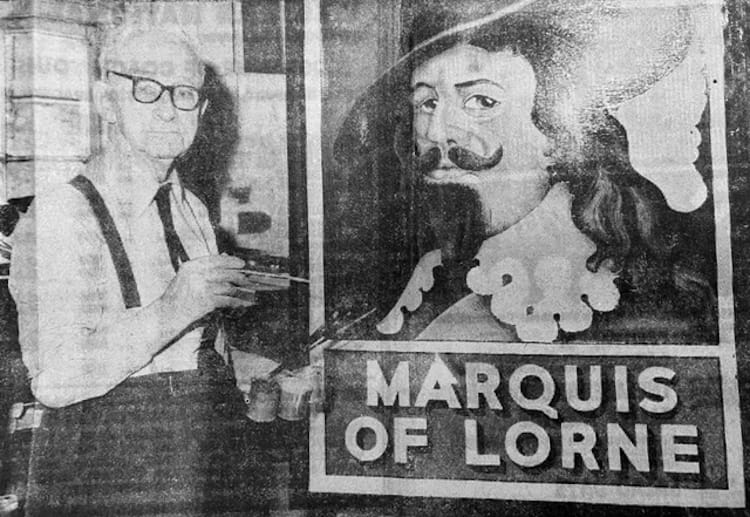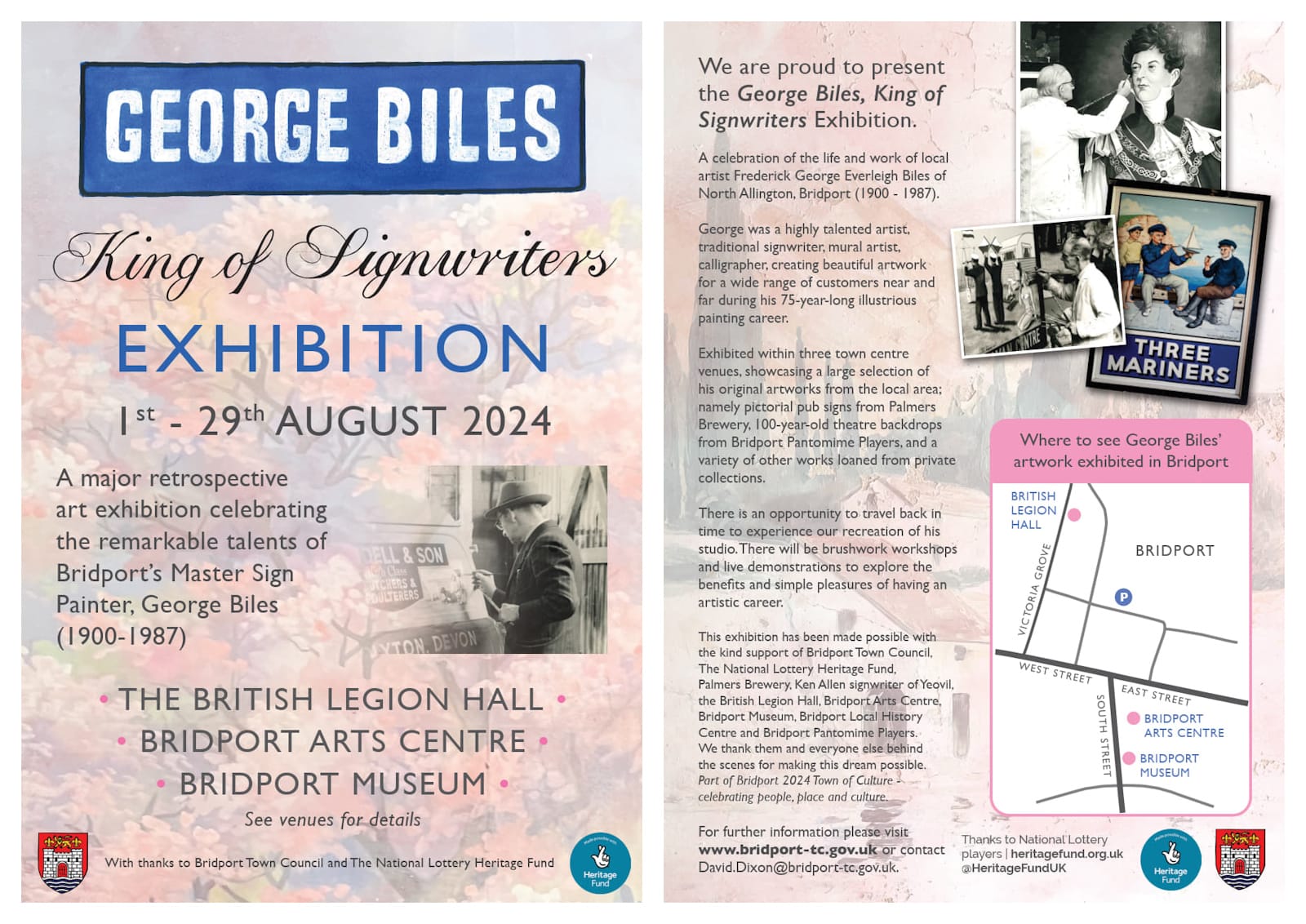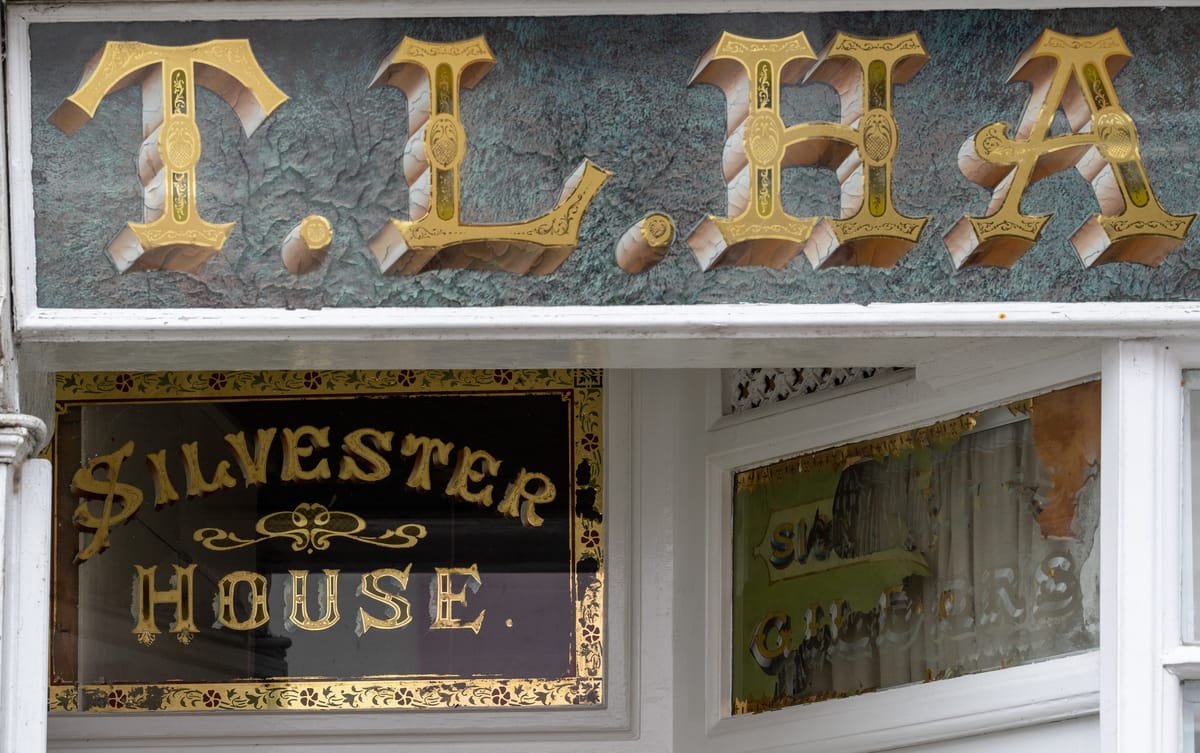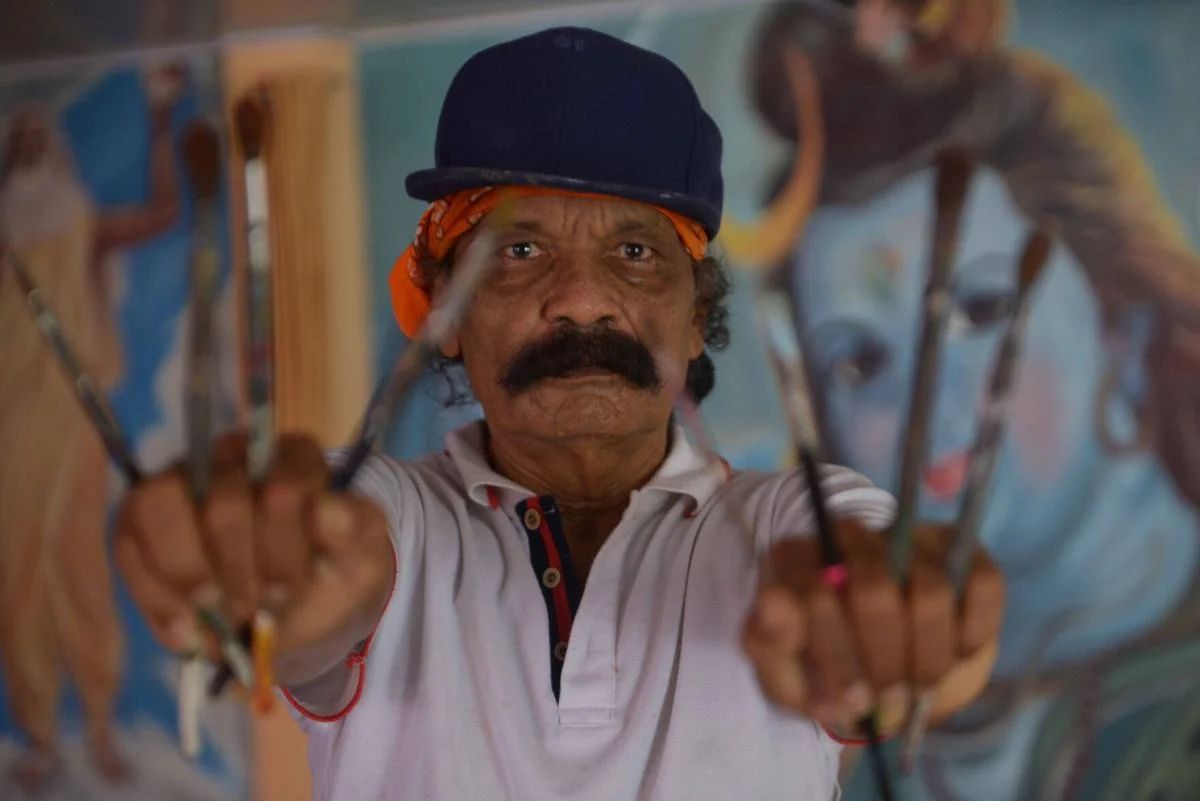|
I'm currently planning my next worldwide events roundup, so please let me know of any happenings that you'd like to see included, whether you're hosting/attending, or otherwise. In other news, I picked up my copies of BLAG 05 on Tuesday and cannot wait to share more with you soon. If you want to be among the first to get your hands on it, then join as a Blagger today, and receive all the benefits of membership, while also supporting independent publishing free from advertising, AI, and surveillance.
If you can get to Bridport, Dorset, this August, then you are in for a very special treat. George Biles: King of Signwriters is a retrospective exhibition about this prolific local sign painter, including a significant portion of his work for the local Palmers Brewery. I will be making a trip down from London on Friday, 23 August, and would love to meet up with anyone else that can make it that day. The exhibition has been brought together by Jemma Thompson with support from Palmers Brewery, Bridport Town Council, and a grant from the National Lottery Heritage Fund. It is set across multiple sites and examines Biles' process in addition to numerous examples of his diverse output. Work by George Biles: piles of hanging signs by for Palmers Brewery; a drawing; and a scenic painting from the local theatrical group. I have been keenly following developments, and was curious to learn more about Biles' life story, which has resulted in the following brief biography. After this is a reproduction of an article—'The Art of the Modern Signwriter'—that was published about Biles and his shop in 1932.
George Biles: King of SignwritersFrederick George Eveleigh Biles was born on 1st July 1900. His father was Frederick Biles, a groom, and his mother was Susanna Jerred Eveleigh Biles. He was married in 1926 to Hilda May Kirk (latterly Hilda May Biles), and worked as a signwriter, pictorial artist, decorator, calligrapher and illuminator for his whole life. 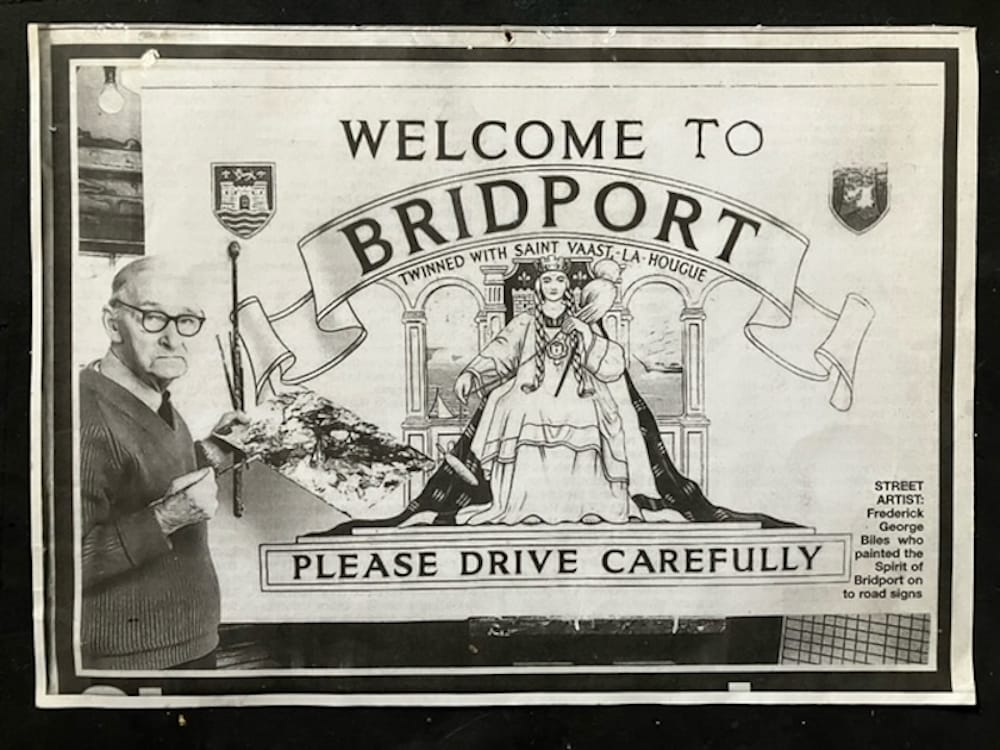 The picture is captioned: "Street Artist: Frederick George Biles who painted the Spirit of Bridport on to road signs." The 'Spirit of Bridport' is the woman in the centre of the sign, which is based on the original mural by Francis Newbery in Bridport Town Hall. Colin Granger, who was there when this photo and one above were taken, recalls that Biles hadn't painted the word 'to' when the photographer arrived. As a temporary solution, he simply stuck a piece of paper onto the board for the shoot. Biles began his apprenticeship in 1914 at Barrett & Son, a firm of painters, glaziers, house decorators, carvers, gilders, and picture dealers. The firm was run by Frederick Barrett, and later his son Phillip Frederick Barrett, at 50 East Street in Bridport. 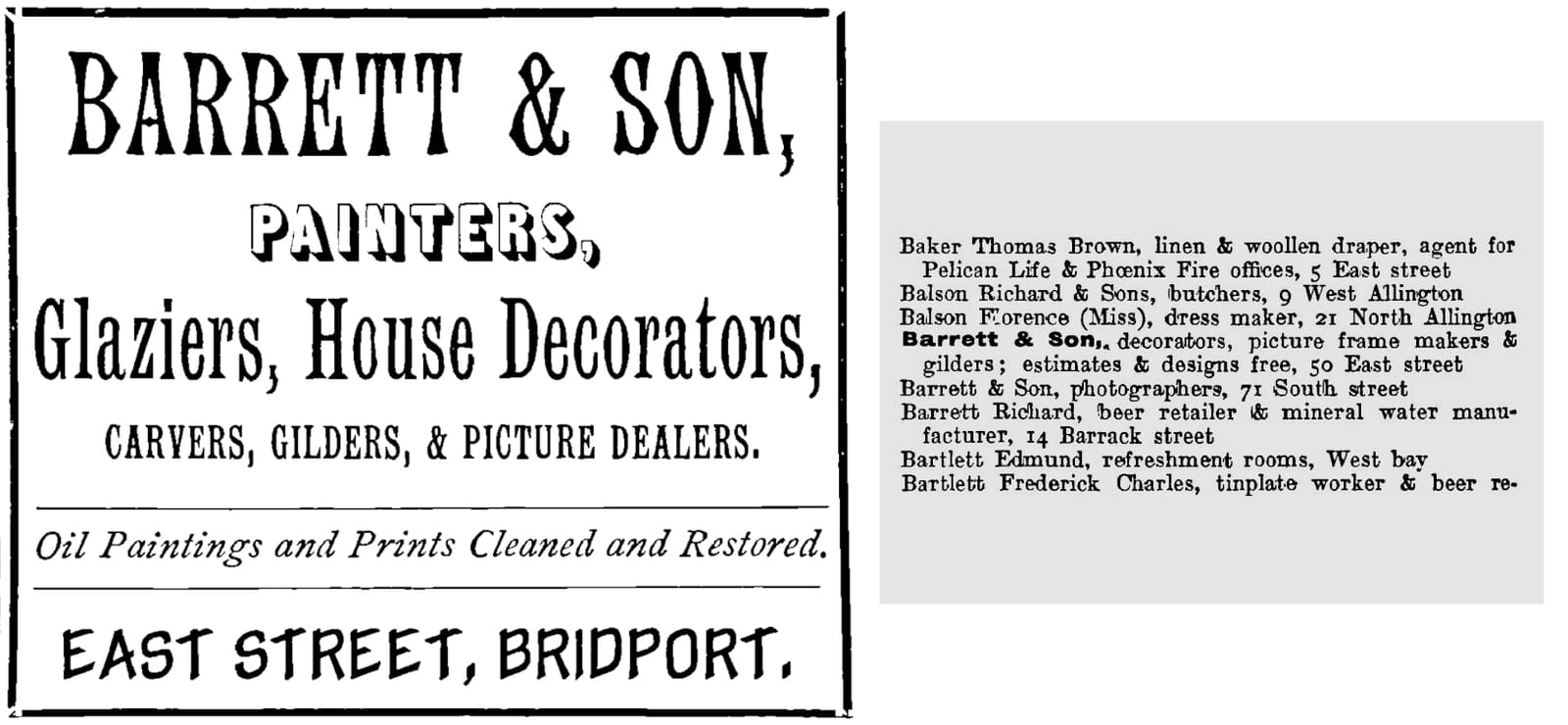 A 1889 advertisement for Barrett & Son, and their listing in the 1895 directory offering "estimates & designs free". Biles continued to work with Barrett & Son until the 1920s, but by 1924 he was running a business in partnership with Fredrick (Fred) Cast, a well-established firm with two Bridport locations at 71 East Street and 20b Barrack Street. He went on to become the sole proprietor of the firm, presumably following Cast’s retirement, and the business was renamed Bridport Signs Service Studios. Biles’ output involved a wide range of skills, from lettering to pictorial work to gilding, and his clientele came from far beyond Bridport itself. In addition to painting signs of all kinds, he turned his hand to murals, fine art painting, and theatre backdrops, including for pantomime. The local Palmers Brewery were a client of Biles’ for most of his nearly 70-year career. He had other breweries on his books, but his work for Palmers is remarkable in that many of the swing signs he painted have been kept by the brewery. These include numerous examples of his propensity for painting different pictorials on each side, rather than replicating the same one. 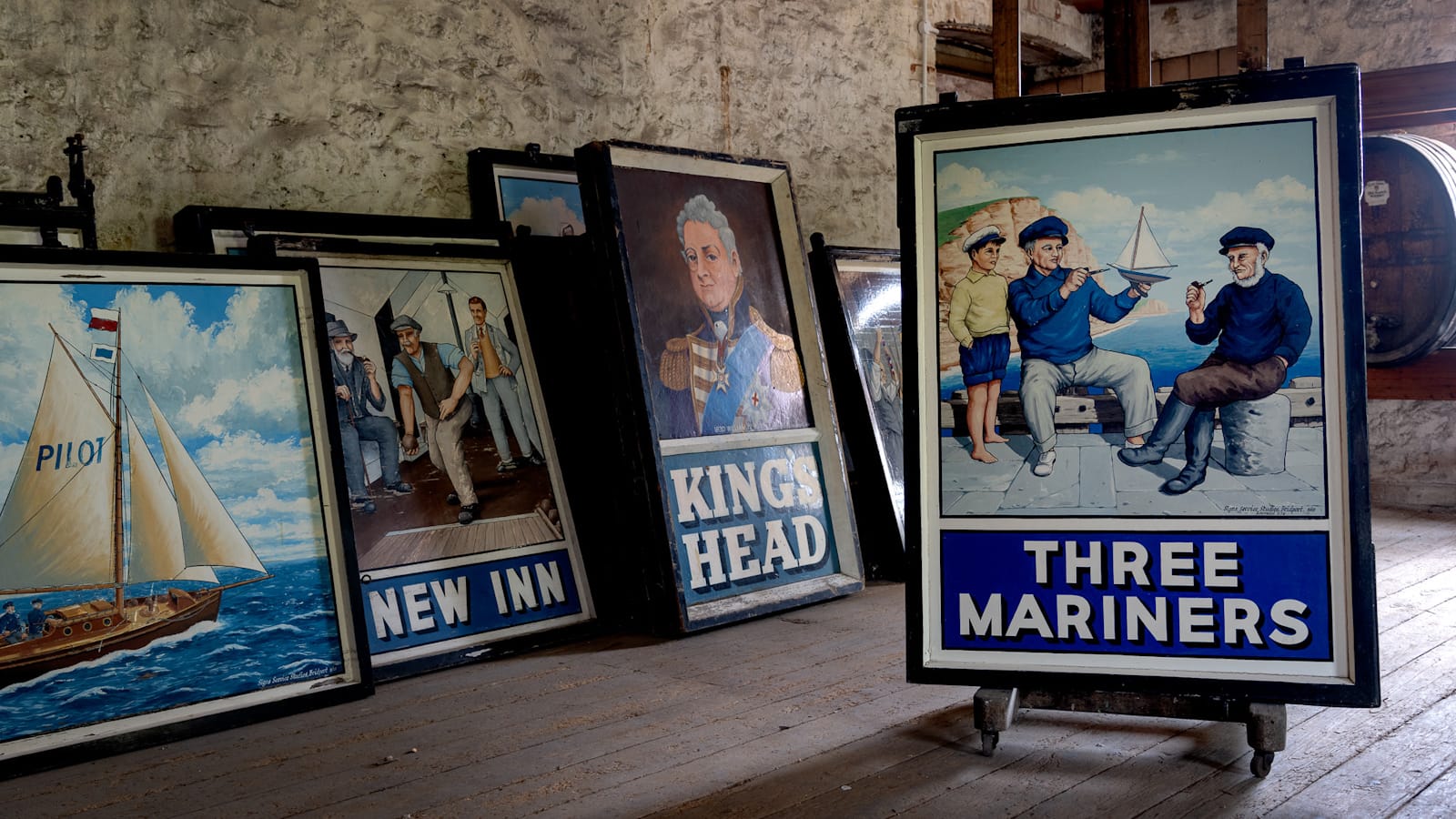 Palmers Brewery pub signs painted by the late George Biles. Photo © JC & RH Palmer Ltd. George Biles at work, and with an almost-finished hanging sign for the Marquis of Lorne pub, which is just outside of Bridport. Some of Biles' other notable jobs included a large-scale painting of the inside of Noah’s Ark for a private client, and a portrait of Winston Churchill painted during the war to assist with fundraising during ‘Salute the Soldier Week’. The firm also produced a manuscript on velum in 1953, which was presented to Princess Margaret on her visit to Bridport to mark 700 years since the granting of the town’s charter. This also included pictorial elements around the edges. 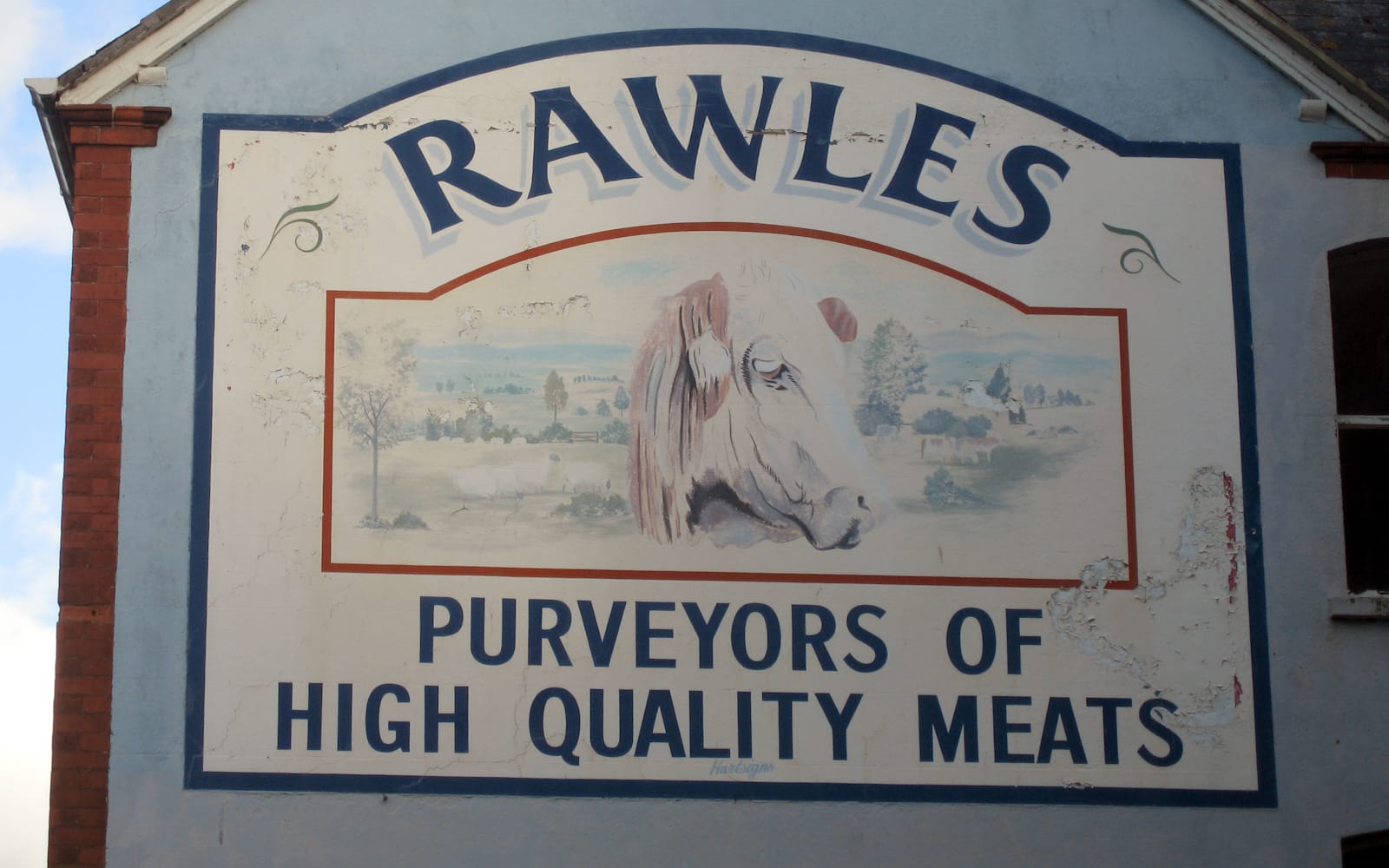 This wall sign for the Rawles butchers was originally designed and painted by George Biles. It has since been repainted on at least two occasions, with this iteration signed Hartsigns and captured in 2008 by Keith Roberts. The business is still trading here at 38 East Street. Biles employed two assistants in his studio, and trained them both. One of these, James (Jimmy) Hallett, left the firm after 46 years of service, and was still working as a sign painter on his own account when Biles died in December 1987. 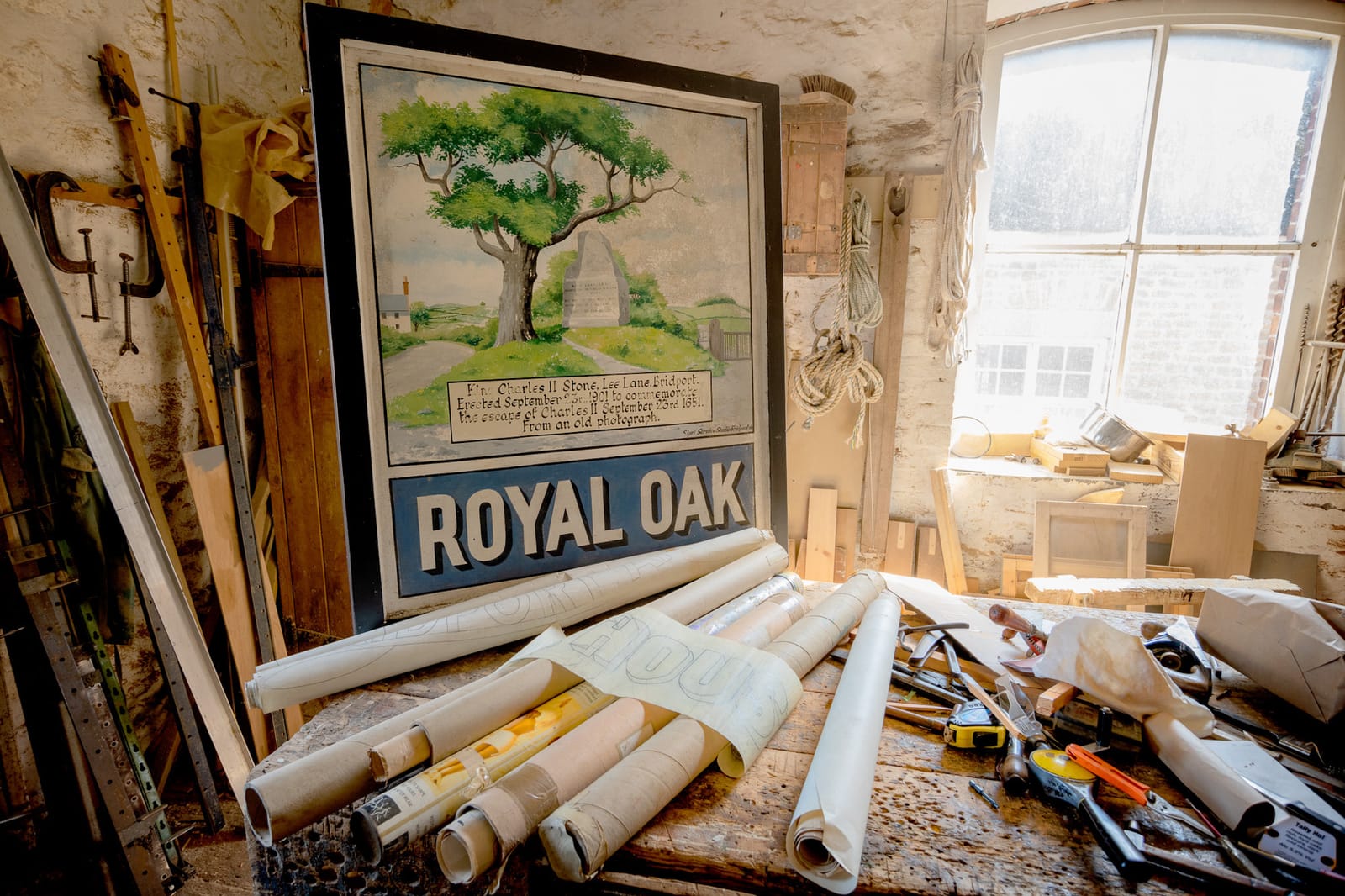 This hand-painted sign for the Royal Oak was the last that Biles painted before he died in 1987. It was for Palmers Brewery, and is pictured here alongside rolls of drawings and patterns, and tools used by the in-house carpenter Andrew Samways, who was responsible for all the frames and fittings for Biles' signs. Photo © JC & RH Palmer Ltd.
Further Reading- The English Pub (1985) by Andy Whipple and Rob Anderson
- Dorset Pubs and Breweries (2009) by Tim Edgell
The Art of the Modern SignwriterThis article appeared in Town and Country News on 8 July 1932. I have transcribed it for posterity. 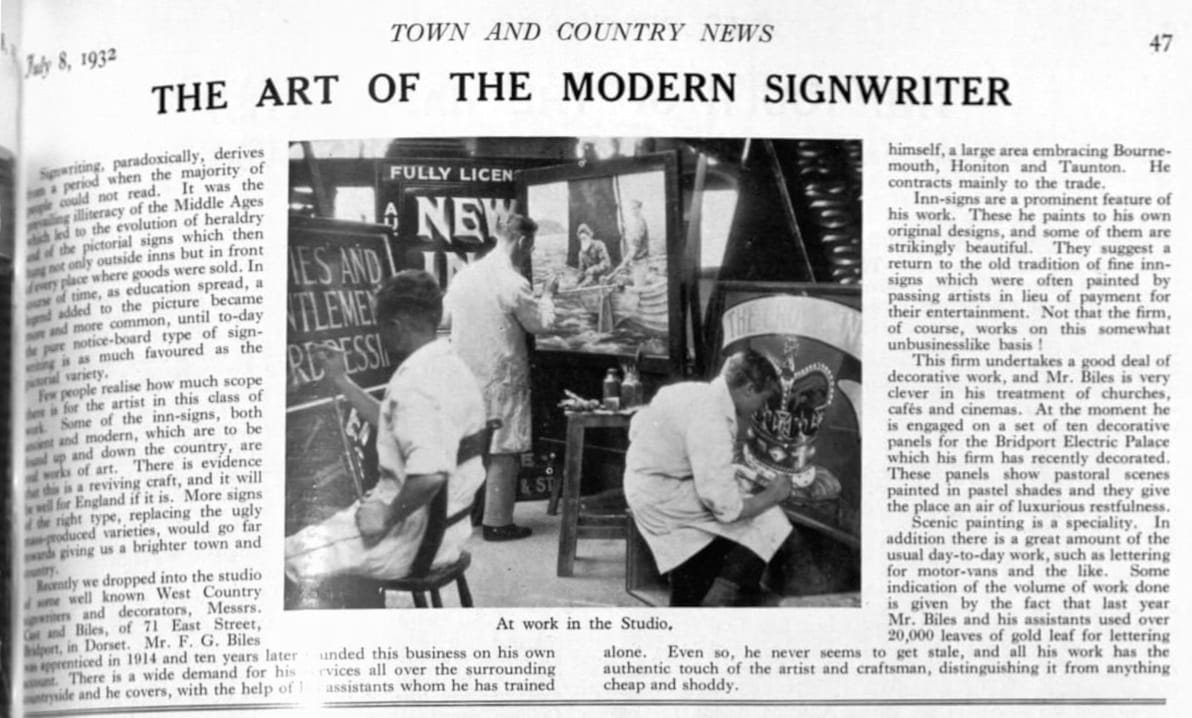 The original presentation of the article in 1932. Signwriting, paradoxically, derives from a period when the majority of people could not read. It was the prevailing illiteracy of the Middle Ages which led to the evolution of heraldry and of the pictorial signs which then hung not only outside inns but in front of every place where goods were sold. In course of time, as education spread, a legend added to the picture became more and more common, until to-day the pure notice-board type of signwriting is as much favoured as the pictorial variety. Few people realise how much scope there is for the artist in this class of work. Some of the inn-signs, both ancient and modern, which are to be found up and down the country, are real works of art. There is evidence that this is a reviving craft, and it will be well for England if it is. More signs of the right type, replacing the ugly mass-produced varieties, would go far towards giving us a brighter town and country. Recently we dropped into the studio of some well known West Country signwriters and decorators, Messrs. Cast and Biles, of 71 East Street, Bridport, in Dorset. Mr. F. G. Biles was apprenticed in 1914 and ten years later founded this business on his own account. There is a wide demand for his services all over the surrounding countryside and he covers, with the help of his assistants whom he has trained himself, a large area embracing Bournemouth, Honiton and Taunton. He contracts mainly to the trade. 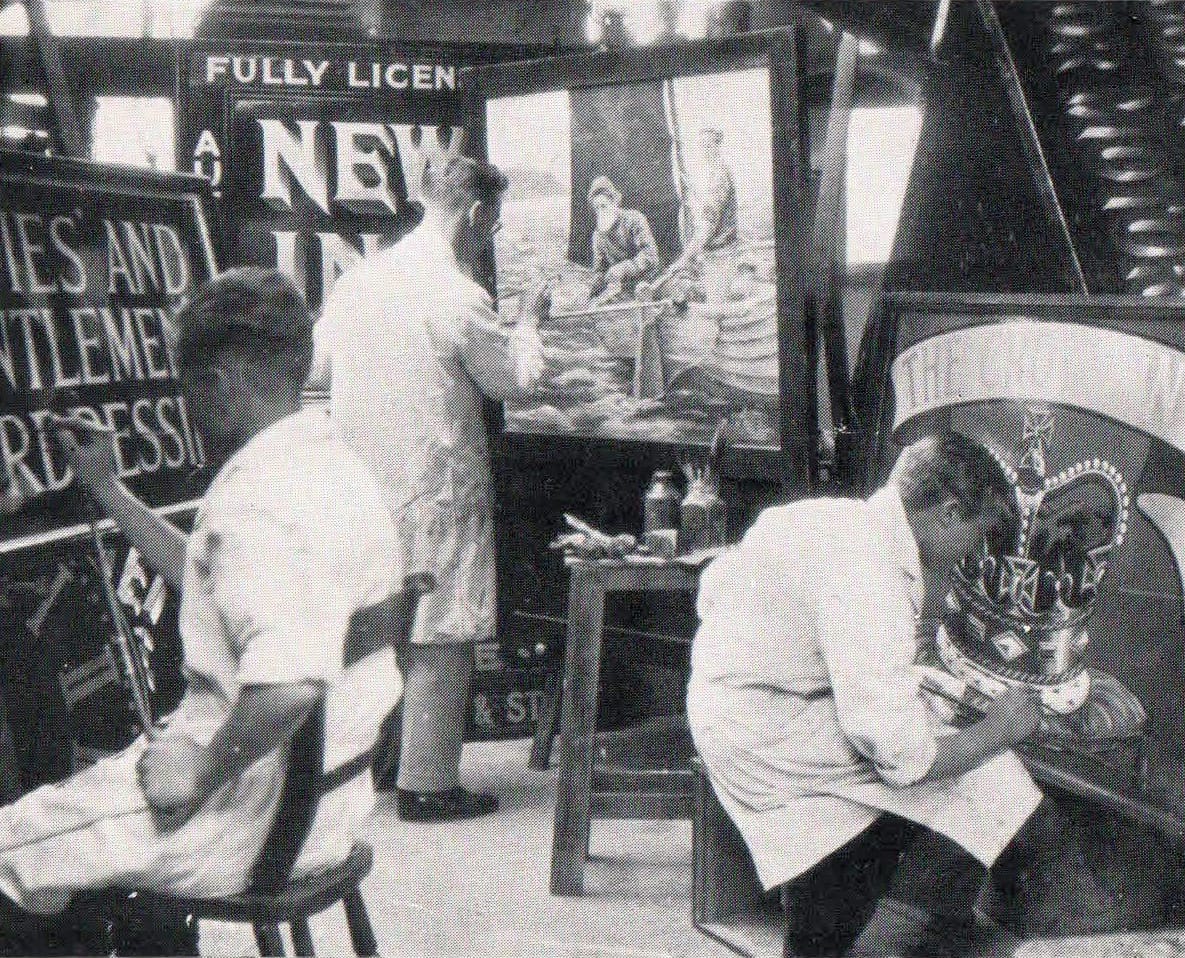 At work in the studio. Inn-signs are a prominent feature of his work. These he paints to his own original designs, and some of them are strikingly beautiful. They suggest a return to the old tradition of fine inn-signs which were often painted by passing artists in lieu of payment for their entertainment. Not that the firm, of course, works on this somewhat unbusinesslike basis! The firm undertakes a good deal of decorative work, and Mr. Biles is very clever in his treatment of churches, cafés and cinemas. At the moment he is engaged on a set of ten decorative panels for the Bridport Electric Palace which his firm has recently decorated. These panels show pastoral scenes painted in pastel shades and they give the place an air of luxurious restfulness. Scenic painting is a speciality. In addition there is a great amount of the usual day-to-day work, such as lettering for motor-vans and the like. Some indication of the volume of work done is given by the face that last year Mr. Biles and his assistants used over 20,000 leaves of gold leaf for lettering alone. Even so, he never seems to get stale, and all his work has the authentic touch of the artist and craftsman, distinguishing it from anything cheap and shoddy.
George Biles: King of SignwritersGeorge Biles: King of Signwriters is showing in Bridport from 1–29 August.
More HistoryMore People
|
